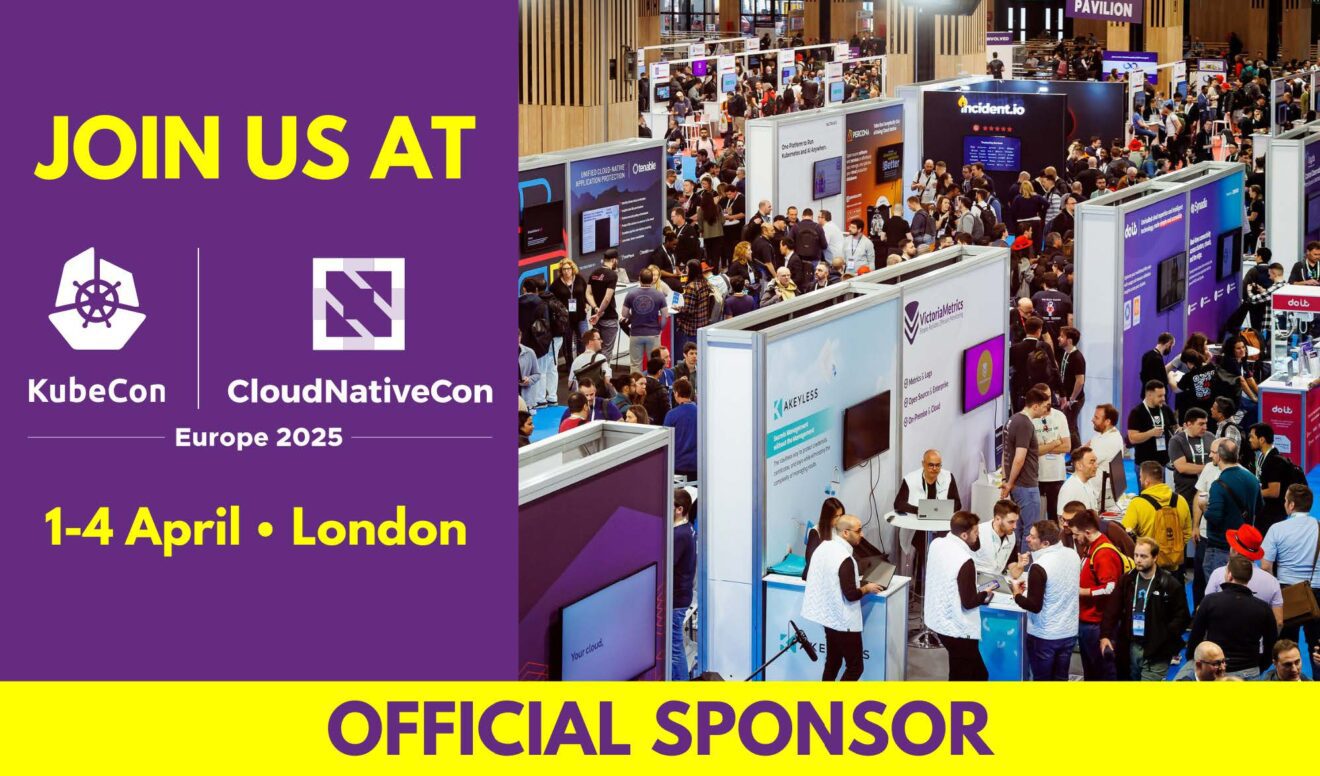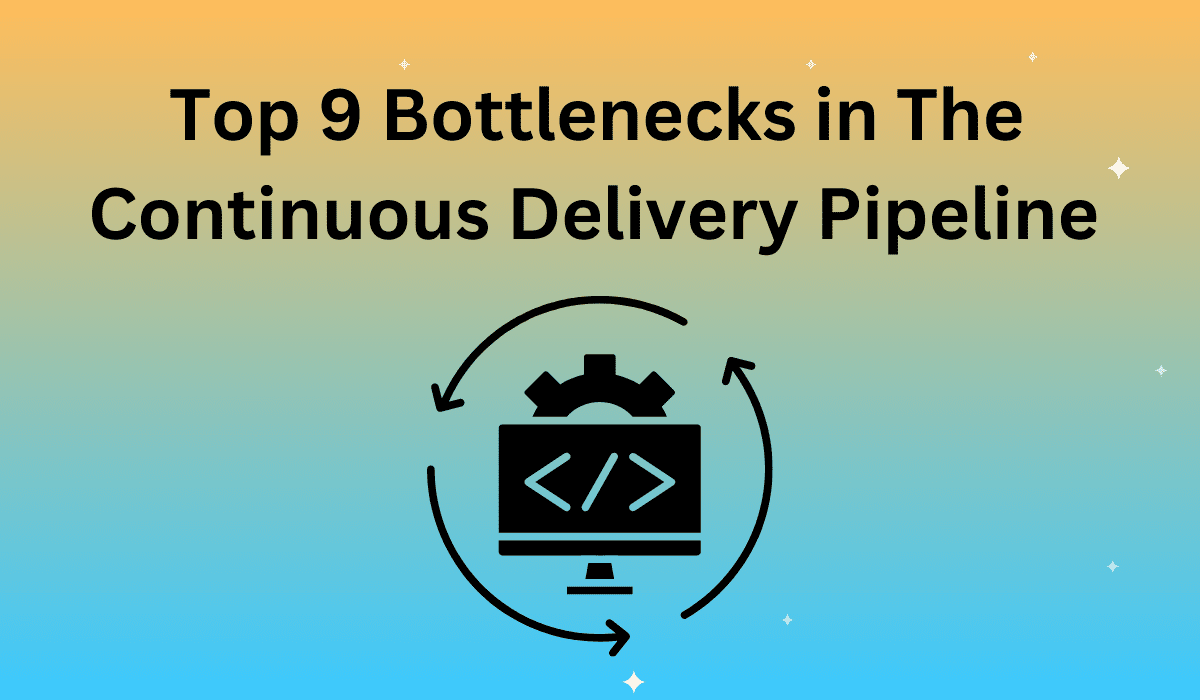Continuous Delivery is an appealing approach, allowing rapid application updates, so end users get features and fixes as soon as they’re ready. Developers, for their part, can fix and push updates to address bug reports almost as quickly as they come in. However, the process is not foolproof. A recent Enterprise Management Associates (EMA) survey of IT companies using the Continuous Delivery method identified nine points that often bottleneck the CD pipeline.
The list below outlines not only the most common CD pipeline challenges but also how to resolve them.
1. Manual Troubleshooting Processes Dealing with Production Environments
2. Time Spent Testing Code
3. Manual Processes Supporting Package Builds and Production Deployment
Teams report that pushing package builds and deploying updates are major delays. Developers and testers are so busy making changes to the application and making sure everything works that they aren’t taking the time to push updates as soon as they’re ready. These steps are not automatic and require a gatekeeper to apply changes.
4. Fear/Risk Related to Adverse Production Impacts of New Code
5. Time Spent Creating Code
6. Manual Processes Supporting Code Movement Through Life Cycle Stages
7. Lack of Testing/Quality Assurance Personnel
8. Lack of Testing Facilities, Developers, and QA Needing to Wait
9. Lack of Workflow/Automation Tools to Drive the Continuous Delivery Pipeline
Development teams report problems with workflow and automation tools delaying CD. The source of this issue is often a lack of high-quality tools available to help manage testing for constant updates.
For more information on how Apica’s stress testing and test automation solutions for high-performance applications can automate time-consuming parts of the development process, check out this white paper.
or see a demo of Continuous integration with AWS Codepipline.










